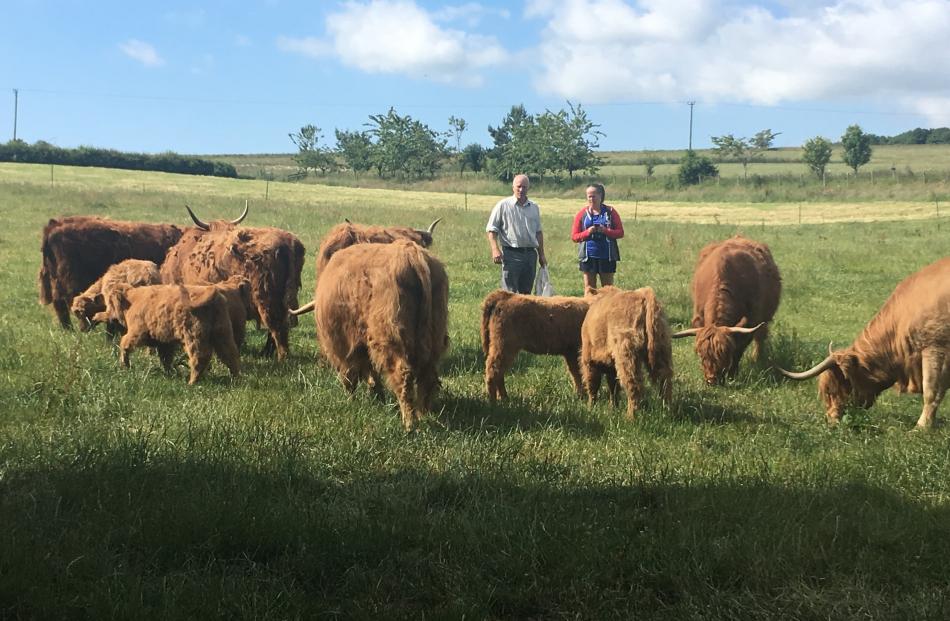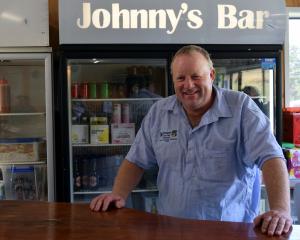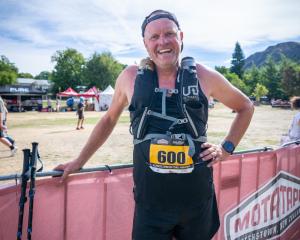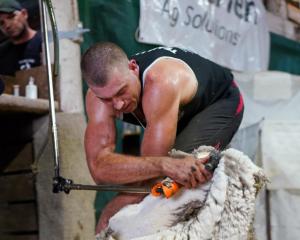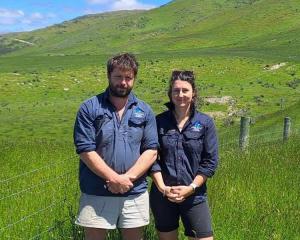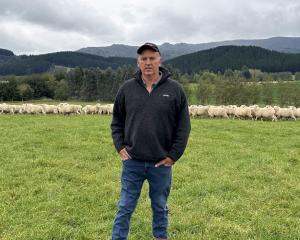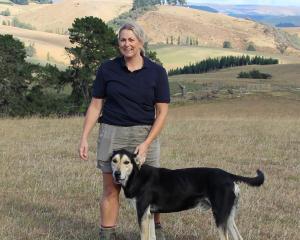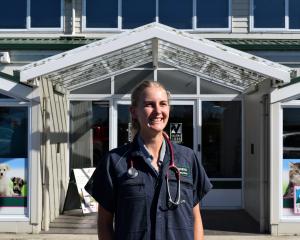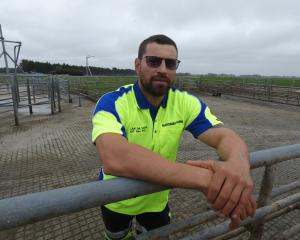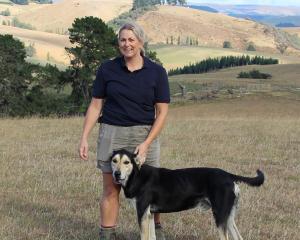Temuka teacher and Timaru Young Farmers Club member Sarah Stark had the time of her life on a working exchange organised by NZ Dairy Careers earlier this year.
In January Sarah took a year's leave from teaching at Opihi College to embark on the trip.
First stop was Ireland.
''The idea is that Kiwis head over to Ireland during their quiet months and help out during an Irish calving and vice versa,'' she said.
Sarah's home until the end of May was a 34ha farm in Waterford County on Ireland's rugged southeast coast.
It milks 200 dairy cows and also has between 100-150 beef cattle.
Lush rolling hills were divided into paddocks by decades-old stone wall fences. The dairy platform was supplemented by small parcels of leased land nearby.
All the animals were kept inside during the cold, wet winter months.
''I'd been in Ireland two months before I set foot in a paddock,'' Sarah said.
A polar blast struck during calving in March. It took all day working alongside farm owner Kieran McCabe to get the plant working.
In the calf shed pipes carrying milk between new robotic feeders were frozen.
''We insulated the pipes to stop it happening again, but the next day the underground milk pipe into the shed had frozen.
''I think we had hot whisky for breakfast for three days in a row just to make the mornings a bit easier.''
Irish dairy farmers, much like their New Zealand counterparts, were battling through their wettest spring in decades.
Soggy, waterlogged paddocks and a lack of grass were the main topic of discussion at a local dairy discussion group.
''That was at the start of April and cows were still inside. The weather was miserable. It was the longest winter I have ever experienced,'' she said.
''I don't think our farm got our cows out on to pasture until April 20, which was really late.There was a bit of a fodder crisis in the region. A number of farms ran out of silage.
''The farmers who put their cows outside early ran into trouble in their second round of grazing because the grass hadn't grown.''
Having never participated in calf rearing before, Sarah enjoyed that aspect of the exchange.
Exchange participants get paid and to keep things simple accommodation, food and power were deducted from their wages.
''I was so well looked after. I hardly cooked a meal for four months,'' Sarah said.
While at the Waterford farm she also took time off to travel to Turkey, and spent Anzac Day at Gallipoli.
Once her Irish exchange ended, she spent a few days in London before driving Ireland's west coast with another New Zealander who was working on a farm down the road.
In June, Sarah departed Dublin and headed to Scotland.
She spent six weeks travelling in Scotland as part of an exchange which was partly funded by NZ Young Farmers.
Sarah was one of 14 delegates from around the world taking part in the exchange.
The social Scots organised nightly events, from meals out to stock judging.
''We went to a water buffalo farm, which was something different. I really enjoyed that.
''The owner started farming the cattle for meat. He wanted a point of difference to help market their meat.
''He's just got planning permission to build a cheese plant so he can start milking them and making mozzarella,'' Sarah said.
During the exchange Sarah was hosted by different Scottish Young Farmers and their families and got to visit the world-renowned Royal Highland Show.
''It really has been a great way to see another corner of the world,'' she said.
Applications for the annual Scotland Exchange open with Young Farmers again in December.
Copy: Supplied





